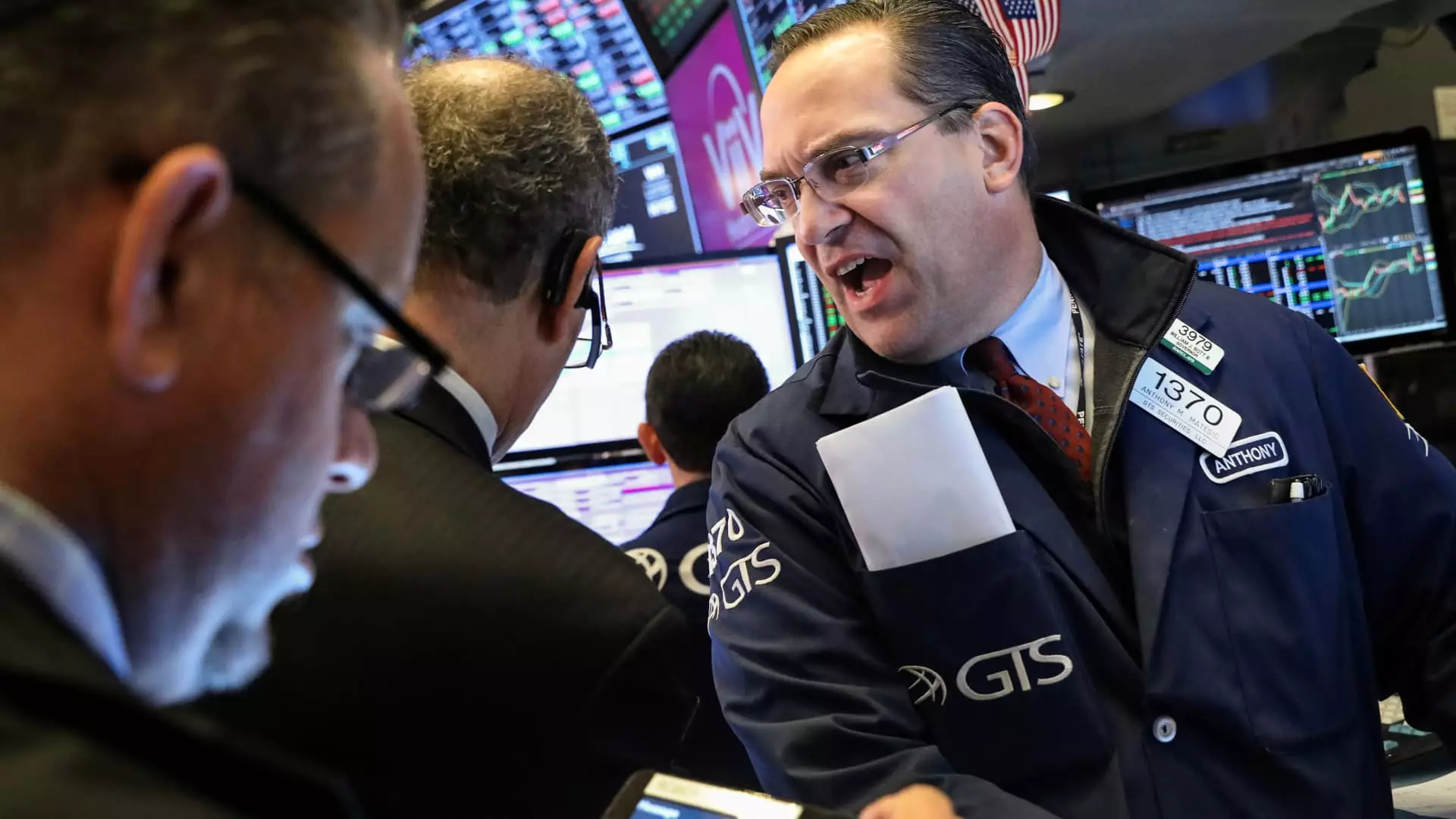The stock market crash is a topic that has attracted a lot of attention lately, with many investors wondering when the next crash will occur. Looking back on history, there are certain elements that typically foster a crash in the stock market. The first element to consider is the state of the stock market itself. Major crashes in the past, such as the Panic of 1907 and the crash of 1929, occurred after significant rallies in the stock market. When the market becomes frothy and experiences rapid growth, it sets the stage for a potential crash.
Another key element is the movement of interest rates. A rise in interest rates can make alternative investments more attractive, leading to a decrease in demand for stocks. The Federal Reserve’s decision to increase short-term interest rates in the mid-2000s is a prime example of how rising interest rates can impact the stock market. Additionally, the introduction of new financial products that inject leverage into the system can exacerbate the risk of a crash. Whether it’s portfolio insurance in 1987 or mortgage-backed securities in 2008, these financial instruments can contribute to market volatility.
Catalysts also play a crucial role in triggering a crash. These catalysts can be external events that have nothing to do with financial markets, such as natural disasters or geopolitical turmoil. For example, the San Francisco earthquake in 1907 and the euro zone crisis in 2010 were catalysts that contributed to market downturns. In the current landscape, it’s difficult to predict what the catalyst for the next crash might be, but it’s essential to be aware of potential triggers.
One of the most unpredictable aspects of a potential crash is the presence of a financial “contraption.” This contraption is typically a new, complex financial product that introduces risk and leverage into the system. The private credit market, which involves hedge funds serving as lenders, has grown exponentially in recent years. With an estimated size of $3 trillion in the United States alone, the private credit market represents a significant source of financial risk. The lack of oversight and interconnected nature of this market make it a potential trigger for a market crash.
In light of the looming possibility of a stock market crash, investors should focus on prudent financial strategies to weather potential volatility. Rather than making drastic decisions like selling all stocks or attempting to time the market, investors should prioritize diversification and adherence to a long-term investment plan. Maintaining a balanced portfolio, avoiding excessive concentration in high-risk assets, and sticking to a disciplined investment approach are key strategies for navigating market uncertainty.
While the threat of a stock market crash looms on the horizon, it’s important for investors to remain cautious and prepared. By understanding the historical elements that contribute to market downturns and implementing sound investment practices, investors can mitigate the impact of potential crashes. Instead of succumbing to fear and panic, staying focused on long-term financial goals and maintaining a diversified portfolio can help investors navigate periods of market volatility successfully.

